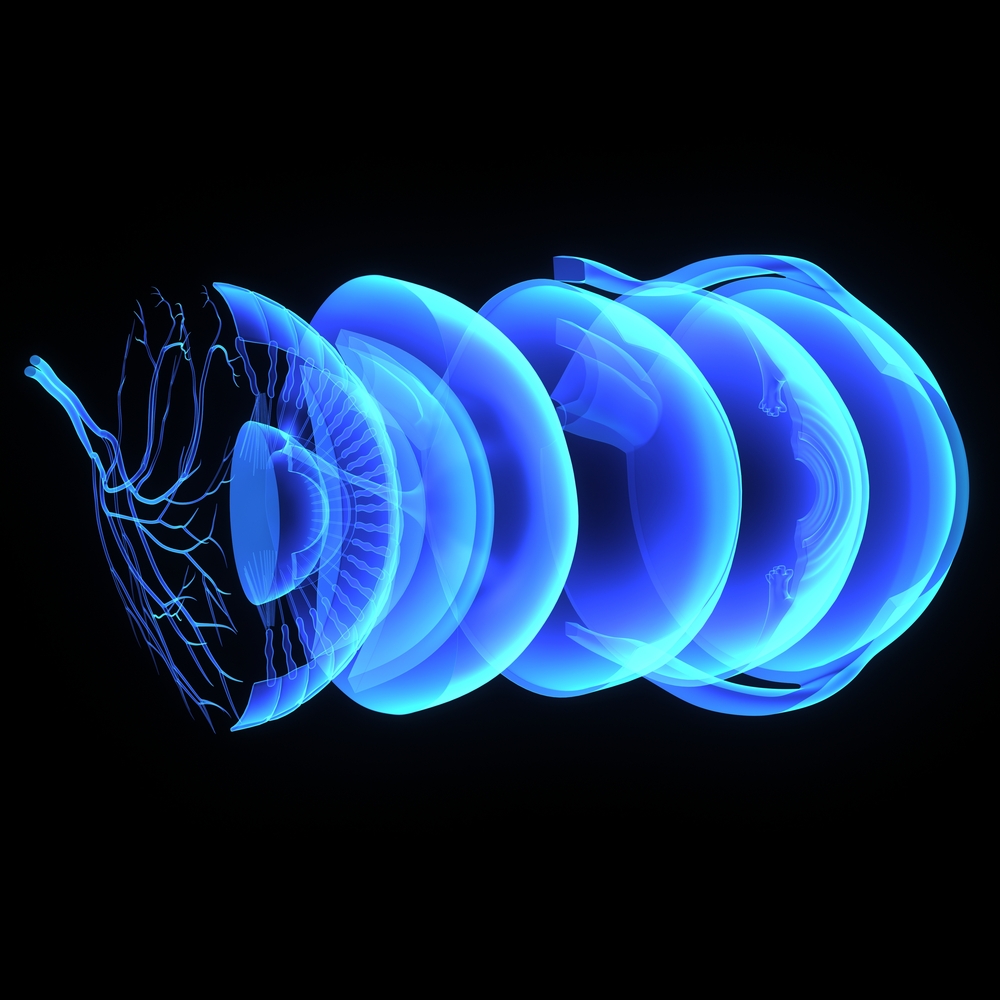Researchers Develop New Device To Measure Alzheimer’s Patients’ Brain Function

In a new study entitled “Critical Flicker Fusion Predicts Executive Function in Younger and Older Adults,” a team of researchers developed a new device that allows for a precise assessment of an individuals’ visual processing speed, i.e., how fast can a person can understand visual information. This device is a potential new strategy for assessing early cognitive impairments associated with neurologic disorders such as Alzheimer’s disease. The study was published in the journal Archives of Clinical Neuropsychology.
Critical flicker fusion (CFF), a measure of visual processing speed, is a parameter underlying several cognitive functions. In this study, a team of researchers at the University of Georgia (UGA) Neuropsychology and Memory Assessment Laboratory in collaboration with researchers at the Vision Sciences Laboratory designed a device that measures processing speed through sight.
Catherine Mewborn, a doctoral candidate in UGA’s Franklin College of Arts and Sciences department of psychology and study first author commented in a press release, “We knew that sensory function is important for cognitive function, and we had a unique opportunity with this collaboration.”
The team designed a device that measures an individual’s critical flicker fusion. Study participants looked into the device that flashes when alternating between two wavelengths of light, creating an effect that the light is flickering on and off. “The flickering starts out very slowly, and almost everyone can see that,” Mewborn explained. “During the test, the frequency of the flickering light would change, becoming faster. It’d continue to speed up and eventually go so fast that at some point the flickering can’t be seen anymore, and it just looks like a solid circle of light. The point at which you stop seeing the flickering is different for everyone.”
The team tested two groups of different ages — college students (average age 21 years old) and older adults averaging 72 years old. They discovered that older participants exhibited slower visual processing speeds. Authors highlighted, however, that the key finding of their study and what distinguishes it from other studies is the simplicity and accuracy of the flicker measurements. This allows researchers to accurately assess cognitive impairments such as those observed in Alzheimer’s disease, but much faster, as Billy Hammond, a UGA professor of brain and behavioral sciences in the department of psychology and director of the Vision Sciences Laboratory noted: “If I wanted to know something about your cognition in relation to your risks for dementia, I’d have to give a very long test or an MRI. But if you can test for dementia by testing visual processing speed, that’s very easy and quick. We used a method that didn’t have a lot of the past limitations of other studies, and it could measure this speed much more accurately. If I show you a flickering light, and it flickers faster and faster, until it doesn’t flicker, that is pretty objective, with a lot less variability.”
Hammond commented on the future application of their findings, concluding “The next step would be to look at these same sorts of tasks and see whether or not it could predict individuals who are beginning to show early signs of cognitive impairment, such as early signs of Alzheimer’s disease.”






